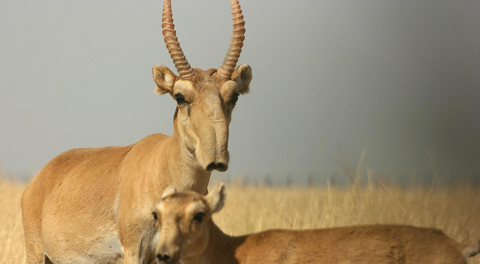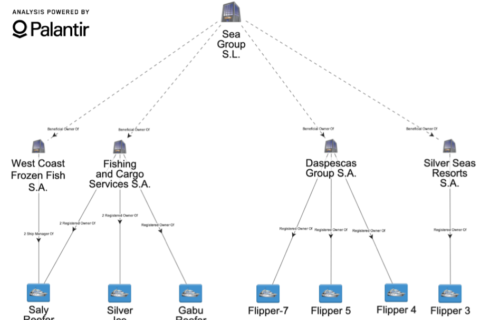C4ADS Celebrates Second Anniversary of Wildlife Seizure Dashboard With New Lion Data
C4ADS proudly announces the integration of lion data into the Wildlife Seizure Dashboard, marking a significant step forward in our efforts to combat illegal wildlife trafficking.
Two years ago, C4ADS transformed the fight against illicit wildlife trafficking with the launch of our Wildlife Seizure Dashboard. This free online resource has empowered stakeholders worldwide to analyze global trends in publicly reported seizures of five frequently trafficked wildlife categories: elephant ivory, rhino horn, pangolin, leopard, and tiger. Since then, the Dashboard has attracted nearly ten thousand visitors from more than 130 countries to the platform.
Approaching the second anniversary of the Dashboard’s launch, we are excited to announce the addition of a sixth wildlife category: lions. Among the world’s most iconic and vulnerable species, lions face significant threats from poaching and illegal trade. By monitoring lion seizure data, authorities, journalists, and conservationists gain valuable insights into the scope and dynamics of this illicit activity. Our data not only helps identify trafficking routes and hotspots but also informs targeted enforcement efforts and policy interventions to protect these majestic animals.
Through the analysis of lion seizure data, C4ADS has discovered that 67 countries have been linked to 296 publicly reported lion seizures over the past decade. These seizures have included the confiscation of a minimum of 4,066 kg of lion bones, at least 225 live lions, and various other lion body parts.
The Wildlife Seizure Dashboard reveals several notable trends in lion seizure data. Lion trafficking spans continents, with parts often moving from sub-Saharan Africa to China or Southeast Asia, overlapping with routes used for trafficking ivory, rhino horn, and pangolin scales. Lion seizures are also prevalent in Mexico and several European countries, where authorities often confiscate live lions from households, private zoos, or circuses.

Since the launch of the Dashboard in 2022, we have recorded data on over 1,900 new seizures, resulting in a total of over 7,000 seizures currently accessible through the Dashboard. While we commend the positive enforcement efforts leading to seizures, the ongoing frequency and volume of wildlife in transit remains deeply concerning.
“Reaching this milestone means that we are better equipped than ever before to detect and predict wildlife trafficking trends,” said Ellen Tyra, Wildlife Crimes Senior Analyst at C4ADS. “The more data we have, the deeper our understanding of the illicit trade, and the better we can advise our partners on how to adapt their efforts to fight it.”
Looking ahead, C4ADS remains committed to advancing the capabilities of the Wildlife Seizure Dashboard and expanding its reach to new audiences. By harnessing the power of technology and data, we can strengthen our collective efforts to safeguard wildlife and preserve biodiversity for generations to come.
For more information about the Wildlife Seizure Dashboard and our work in combating illicit wildlife trafficking, please reach out to [email protected].





